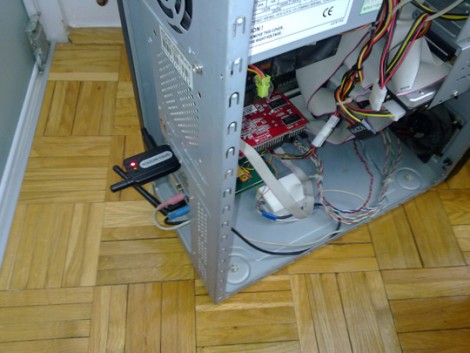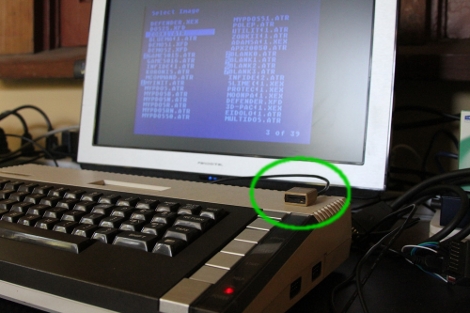
Here’s the scenario: you’re going to be traveling somewhere and you’ll be charged roaming fees if you use your cellphone. But there is free WiFi available in this place. You can save yourself money by leaving your SIM card at home and using a GSM-to-Skype bridge to take calls on your phone via WiFi.
[Trax] is using a USB GSM modem to take cellphone calls on a PC. He leaves his sim card in this modem so that it can make and receive calls and text messages through your normal telephone number. For some reason, the USB connection only provides control of this modem and doesn’t pass bi-directional audio. To make this happen, he built an audio interface cable using two transformers and a few passive components to connect the modem to the computer’s audio card.
On the software side of things, an application written in Delphi 7 manages the modem, the audio stream, and the Skype application. When a call is incoming it sets up a Skype connection with your handset via the Internet, passing along the caller ID data in the process. If you choose to answer the Skype session the application will pick up the GSM call and you’ll be connected. It works the same way when placing an outgoing call.
This seems easier to manage than a rig that physically pushes a cellphone’s buttons via the Internet.
[Thanks Mure]
















